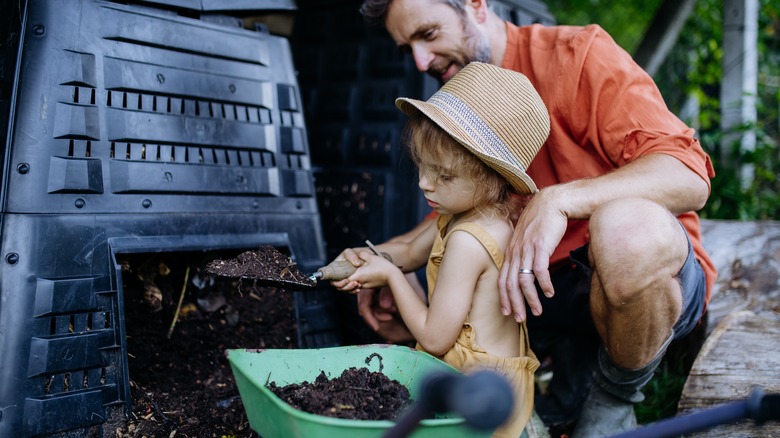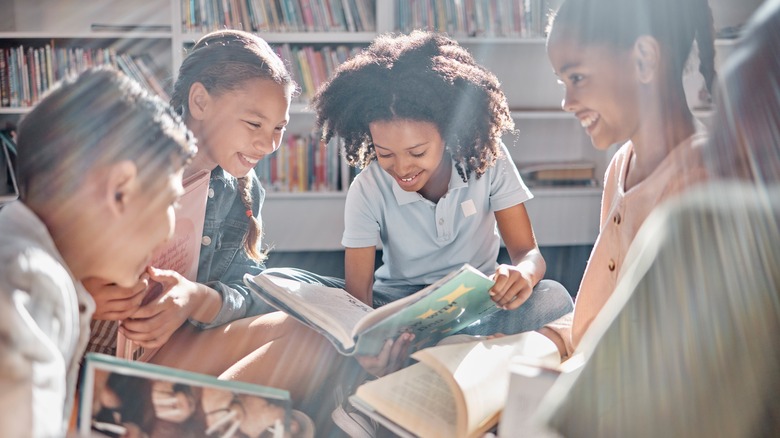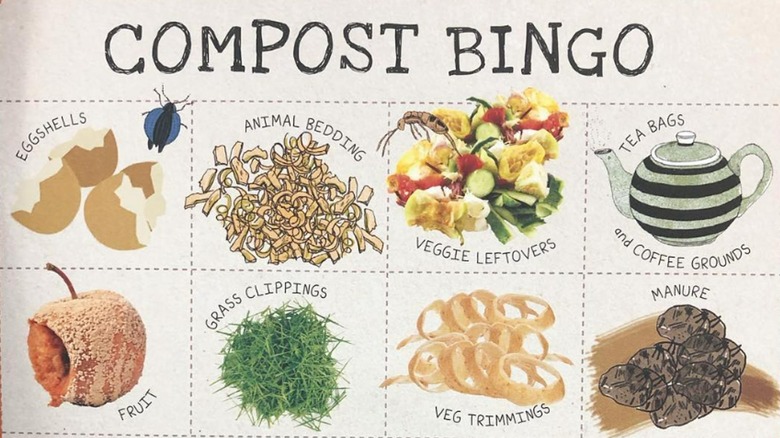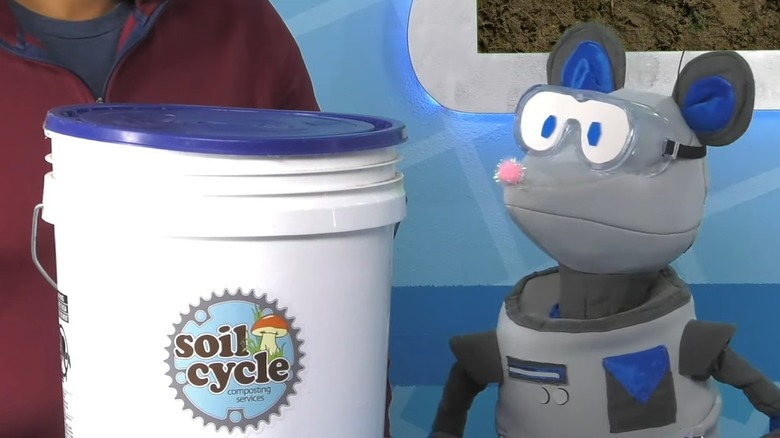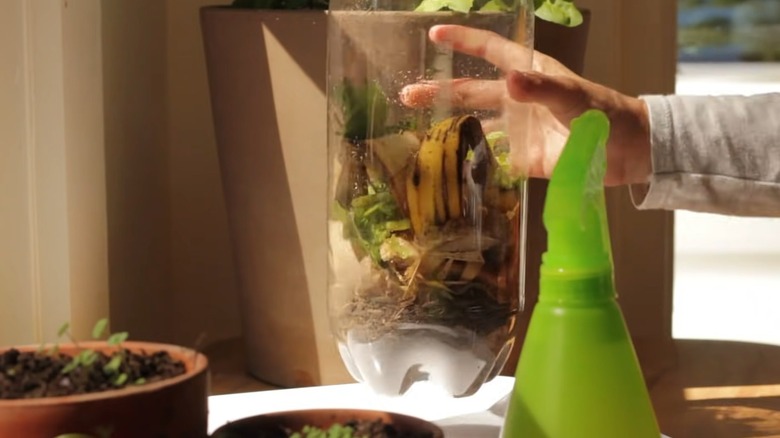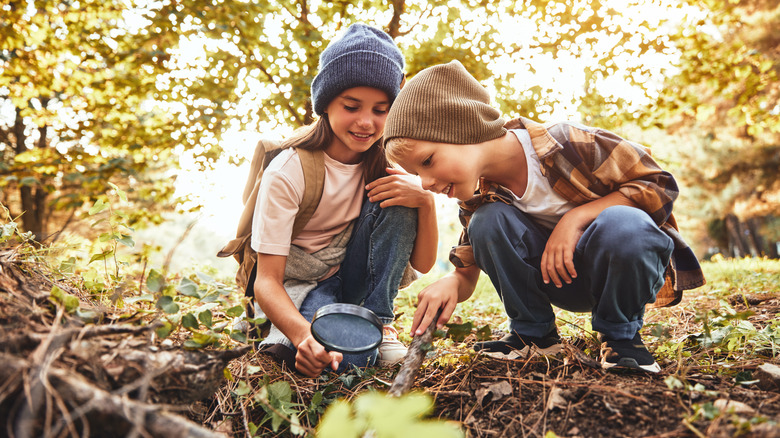How To Introduce Composting When You Have Young Children
Composting is an incredible and interactive science activity for kids that teaches them essential lessons about the three Rs (reduce, reuse, recycle), the fascinating process surrounding decomposition, the important role that both worms and insects play, and ultimately, how they can be champions of Mother Earth. By incorporating nature walks, hands-on projects, storytelling, and gardening activities, your little ones can establish a profound connection with nature and learn to understand the positive impact they can make through practicing the art of composting themselves. During the composting process, they'll gain insights into ecosystem science and witness the transformation of food waste into nutrient-rich soil.
Composting not only offers a practical solution for managing organic waste but also serves as a valuable educational tool that teaches children about the natural life cycle, reducing waste, and how they can positively impact the environment. It basically empowers children to positively contribute to the planet, by fostering their love of nature and inspiring them to become responsible citizens who care deeply for the environment.
Read a good book
Reading composting books for kids is an excellent way to introduce them to the concept of composting. Through these stories, kids can learn about the process of composting, the importance of reducing waste, and how composting benefits the environment. These books often feature relatable characters who embark on exciting adventures related to composting. Children will learn about the natural cycle of composting, how microorganisms break down food scraps, plant matter, and other organic materials, and turn them into nutrients that enrich the soil. Some of these books also go into detail on how composting reduces waste in landfills, minimizes greenhouse gases, and nourishes plants, so they can grow big and healthy. The stories often highlight the connection of nature and the importance of caring for Mother Earth. As kids witness characters making environmentally conscious choices, they're inspired to put these practices into use in their own lives.
Additionally, composting books can be a great tool for parents and teachers to start meaningful discussions with kids about waste management, recycling, and taking care of the planet.
Play a game
Using video and online games is an interactive and fun way to teach kids about composting. These types of games allow children to witness the composting process, understand the role of different organisms, and learn about the benefits of composting. They typically encompass some type of challenge or puzzle that will help develop kids' critical thinking skills as they create compost mixes or learn about recycling. These games also spark curiosity about composting and the world around them. On top of that, some games are globally connected so that children can connect with other kids across the world.
In addition to screen games, interactive card or board games are also an effective way to introduce the benefits of composting to young children. In the compost card game, participants pass around a bag containing cards that represent different compostable items. Kids have to determine whether each item can be composted and place them in corresponding "yes" or "no" sheets. Recycling and composting-themed "bingo" reinforces knowledge and memorization. When it comes to board games, there's no shortage of options for different ages. Board games not only help with memorization, but they also teach kids how to hone their critical thinking and problem-solving skills and work as a team.
Make up a story (or watch a cartoon)
You can ignite your child's interest in composting by either creating your own composting story or finding suitable cartoons online. One creative approach is to create your own composting story or adventure and tailor it to your child's interests, and of course, their imagination. You can make it fun and interactive by involving your kiddo in developing the characters and plot line, too. As the story progresses, your child can actively participate in the adventure by making choices and decisions that affect the composting process. This interactive storytelling approach allows your little one to learn about composting in a playful and memorable way, as well as fostering their curiosity and heightening their environmental awareness.
Turn screen time into education time and search for cartoons online that specifically focus on composting for children. Look for age-appropriate videos that present composting in a fun and informative manner. Many popular kids' cartoons have at least one episode geared toward composting and recycling. Don't forget educational websites and channels that are on-demand.
Do a science experiment
This fun and educational experiment allows kids to witness composting firsthand. You'll need an empty two-liter soda bottle, shredded newspaper, dirt from outside, compost materials like grass clippings and vegetable scraps, and a small handful of dead leaves. To start, rinse the bottle and cut off the top, and create small air and drainage holes along the sides and bottom. Place some dirt, shredded newspaper, and old leaves inside the bottle as your compost starter. Use a spray bottle to wet the compost starter, and then begin adding your compost materials like grass clippings, vegetable scraps, coffee grounds, and eggshells. Avoid adding dairy or meat.
Next, turn the cut-off bottle top in the opening of the compost bottle. This will make it easier for you to add a small amount of water each day to keep your mini compost pile moist. Put the composter in a sunny spot and cover the top with a kitchen towel when you're not using it. Make sure to have your mini-me check the composter daily and report any changes back to you. You'll also want to have them stir the compost (with your supervision). As the compost breaks down, add more kitchen scraps and soil from outside. You may even see fluffy mold growing. As a bonus, use the rich, healthy soil from your compost in a pot, add a seed, and grow your very own plant.
Get outside
Nature walks and outdoor exploration are an excellent way to not only introduce kids to composting, but also get them out in the fresh air and more in tune with the natural world around them. During these excursions, point out various organic materials like fallen leaves, grass clippings, wilted flowers, and even fruit peels. Explain how they can be transformed into nutrient-rich compost instead of ending up in landfills. Encourage your kiddos to actively engage with the environment by collecting safe compostable materials that they can bring home to add to their own compost bin. Once you're back home, create a designated composting bin, pile, or bottle, and make sure that your children are actively participating. If you're working outside, you can even purchase kid-sized tools to make them feel more a part of the action. Lastly, teach your children about the importance of maintaining a balanced compost mix of both green materials (food scraps) and brown materials (dried leaves and paper). Show them how to properly layer the organic materials you've collected from your nature walk, and show them why it's so important to aerate and turn your compost.
As the compost matures, make sure to involve your children in spreading the finished compost onto garden beds or pots, which allows them to see the direct impact of their efforts in promoting plant growth and bettering the environment.
